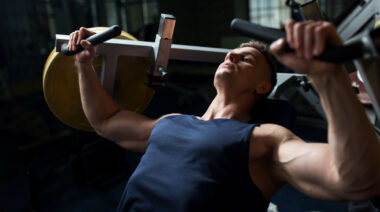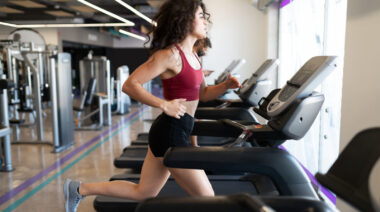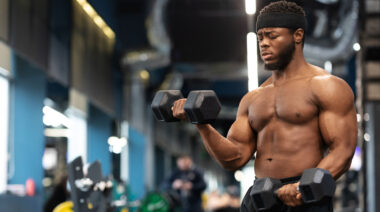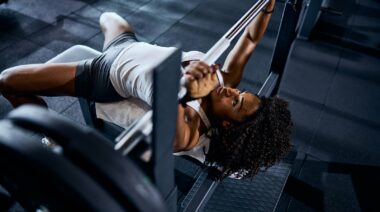Click Here to Download a PDF of the Entire 12-Week Cycle
Diastasis recti is a thinning of the tissue that connects the two sides of the rectus abdominis. This tissue is called the linea alba.
When pressure builds, as inevitably happens during pregnancy, the connective tissues weaken and become thinner. This also increases the load in other parts of your body, which can affect posture and cause back pain. Pregnancy is a common cause of diastasis recti, but it can also be caused by rapid weight gain, intense abdominal exercise, and even heavy lifting.
If you have diastasis recti, you will need to adjust your training. I’ve designed a twelve-week diastasis recti recovery cycle of workouts to help you get through the healing process without missing your time in the gym.
Signs of Diastasis Recti
The typical way to test for diastasis recti is to lie flat on your back and lift your head off the ground while palpating along the entire linea alba. Here is a helpful video demonstration of a test:
If you have diastasis recti, you might also notice an abdominal protrusion when you do crunches, or you might have a stubborn pregnancy pooch. Research suggests you can have an abdominal protrusion without a diastasis and vice versa. If you observe an abdominal protrusion while doing crunches or any other time, discuss it with your doctor or a physical therapist so you can determine the exact cause.
“If you have diastasis recti, diet and regular exercise can help, but skip the hundreds of GHD sit ups until your diastasis is completely healed. Now more than ever, your training needs to be smart.”
Although diastasis recti is a separation of the rectus abdominus muscles, studies indicate the transversus abdominis also plays a critical role in the prevention and treatment of diastasis recti. When I worked on closing my diastasis recti after the birth of my second child, I found it helpful to focus on engaging the transversus abdominis while standing and sitting.
If you have diastasis recti, diet and regular exercise can help, but you’ll also need to skip the hundreds of GHD sit ups until your diastasis is completely healed.
A Twelve-Week Cycle of Free Workouts
The diastasis recti recovery workout program is ideal for women who have received the green light to exercise after delivery and are looking for a gentle and effective way to rebuild core strength and stability. However, pregnancy is not the only cause of diastasis recti, so you certainly don’t have to be a mom to do the workouts.
The cycle includes three four-week phases:
- Phase one focuses on stabilizing the core muscles and restoring abdominal strength and low back support through bodyweight workouts, daily walking, and restorative core exercises.
- Phase two continues the exercises from phase one, but with kettlebell workouts added in twice a week to build strength. The strength exercises in phase two have a higher volume and lower load than in phase three.
- Phase three adds in one day of high-intenstiy cardiovascular exercise while increasing the load and turning down the volume for your strength work.
The goal of these workouts is safely lose baby weight while also strengthening the core musculature. There are no traditional core exercises in this series. Until your diastasis has completely healed, avoid these exercises, which can aggravate the condition. Even after your diastasis has closed, you may choose to avoid them and opt for movements that place less load on the abdominal wall.
“The basic goal of these workouts is to strengthen the core musculature while avoiding typical core isolation exercises, which can aggravate diastasis recti. For this reason, there are no traditional core exercises in this series.”
Although the recommendation to avoid direct ab work is pretty well known in the fitness community, your clients might not know how detrimental it can be to the postpartum body. I can’t tell you how many moms I see doing “500 Crunches a Day” challenges to get six-pack abs shortly after delivery.
But studies have repeatedly shown isolated abdominal work may not be the most effective way to build core strength. For example, a 2013 study published in The Journal of Strength and Conditioning Research compared the following isolation core exercises and integrative core exercises:
Isolation Exercises
- Crunch
- Oblique Crunch
- Extensions
Integrative Exercises
- Mountain Climber Plank
- Hover With Lateral Reach
- Side Hover
- Pointer With Resistance Bands
Mountain Climber Plank
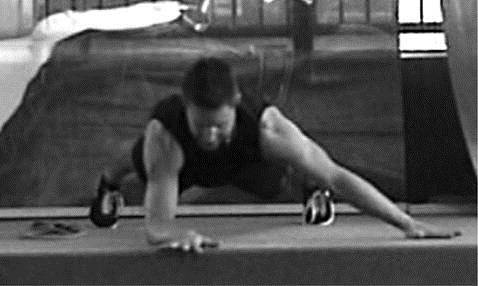
Hover With Lateral Reach
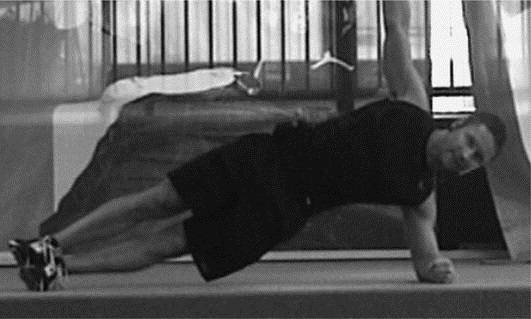
Side Hover
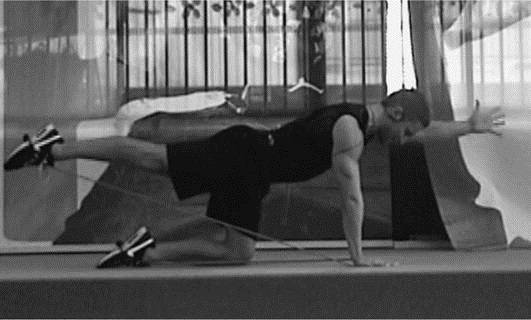
Pointer With Resistance Bands
After testing all these exercises and measuring muscle activation, the researchers came to the following conclusion:
Overall, our results demonstrated that the activation of the abdominal and lumbar muscles was greatest during the integration exercises that required activation of deltoid and gluteal muscles.
For example, the rectus abdominis was 27% more active during the hover with lateral reach exercise than it was during the traditional crunch.
Diastasis Recti-Safe Exercises
Here are a few of my favorite exercises for diastasis recti recovery. Like the exercises used in the study, they are not direct ab exercises but will still help close the gap.
Strength Exercises
- Glute bridge
- Side plank
- Australian pull up
- Single leg deadlift
- Bodyweight squats/wall sit
These exercises utilize many muscle groups to support and strengthen the core musculature. The strength exercises used in my twelve-week program were chosen to avoid increased pressure on the abdominal wall while also building all-around strength.
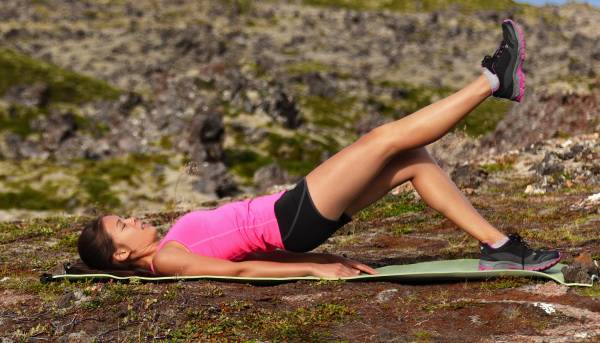
Natural Movements
- Crawling
- Hanging
- Walking
Restorative Poses
- Legs up wall
- Psoas release
- Child’s pose
These natural movements and restorative poses work to engage the core musculature in a dynamic way, as opposed to in isolation. They also help alleviate issues that can be aggravated by diastasis recti, such as lower back pain. Do these movements every day.
DO THE WORKOUTS: Diastasis Recti Recovery, Week 1
Give It Time
This twelve-week workout cycle is similar to the methods I used to heal my own diastasis recti. After the birth of my second child and a long period of bedrest, I had a diastasis that was about four fingers wide. It was frustrating to feel held back by my own body when I felt ready to hit the gym. But with smart training, patience, and consistency, diastasis recti will usually resolve itself and does not necessarily require invasive methods like surgery.
I hope this program is helpful to you and you are able to reduce your diastasis recti.


